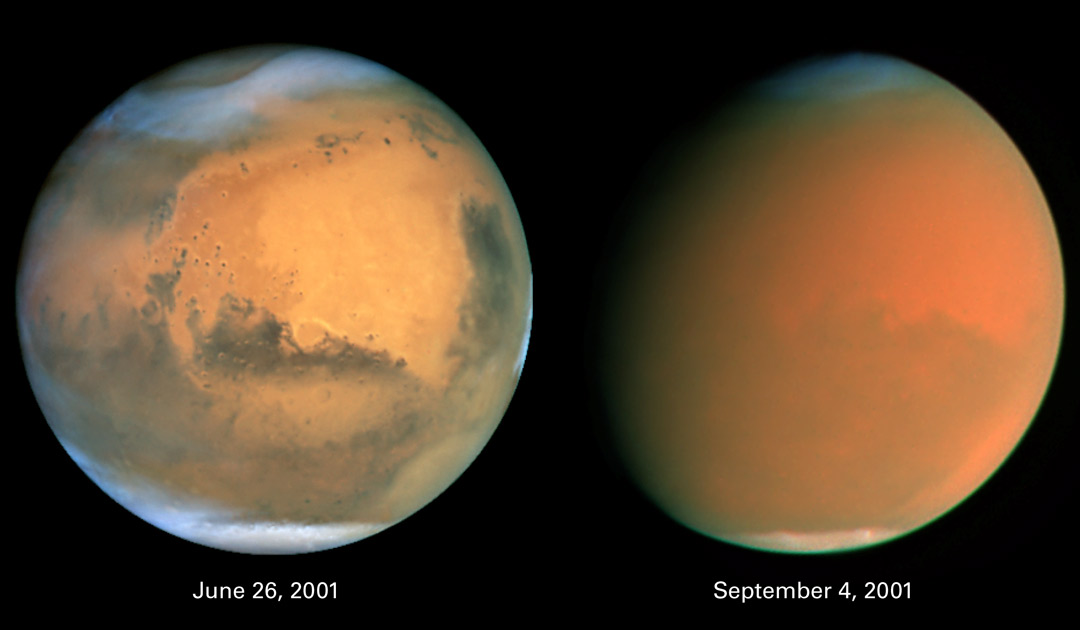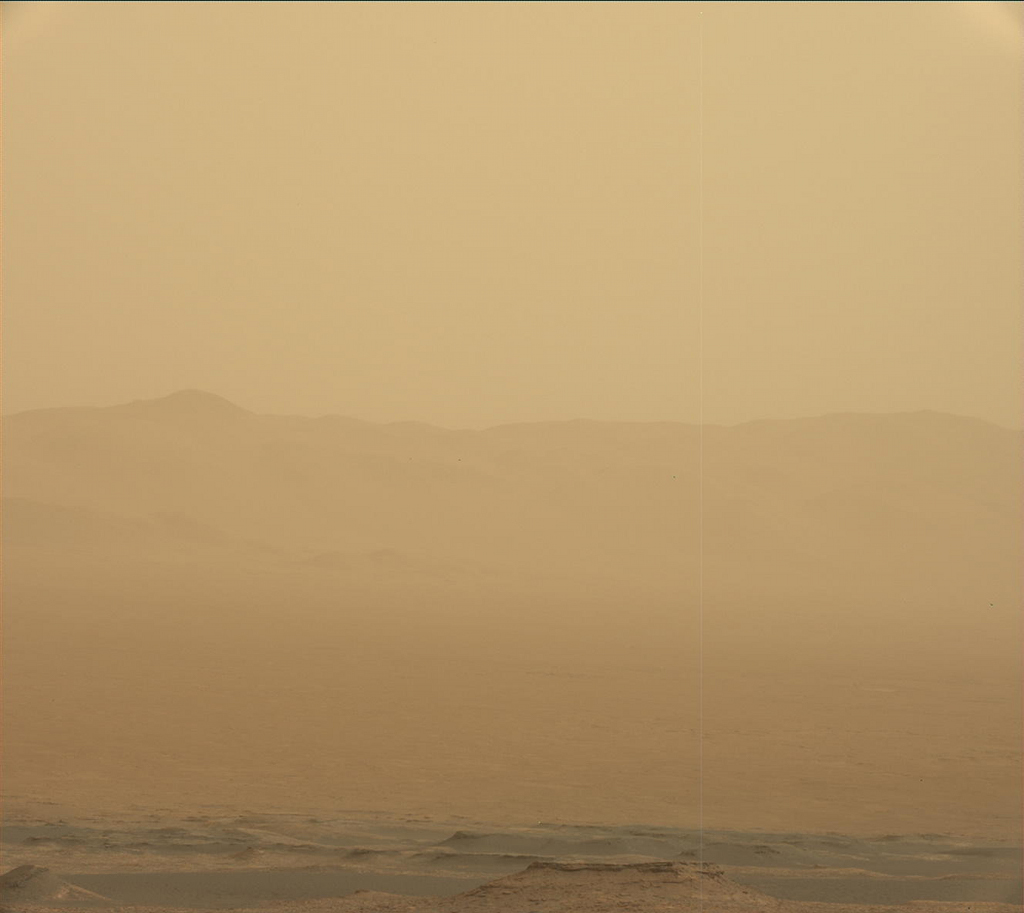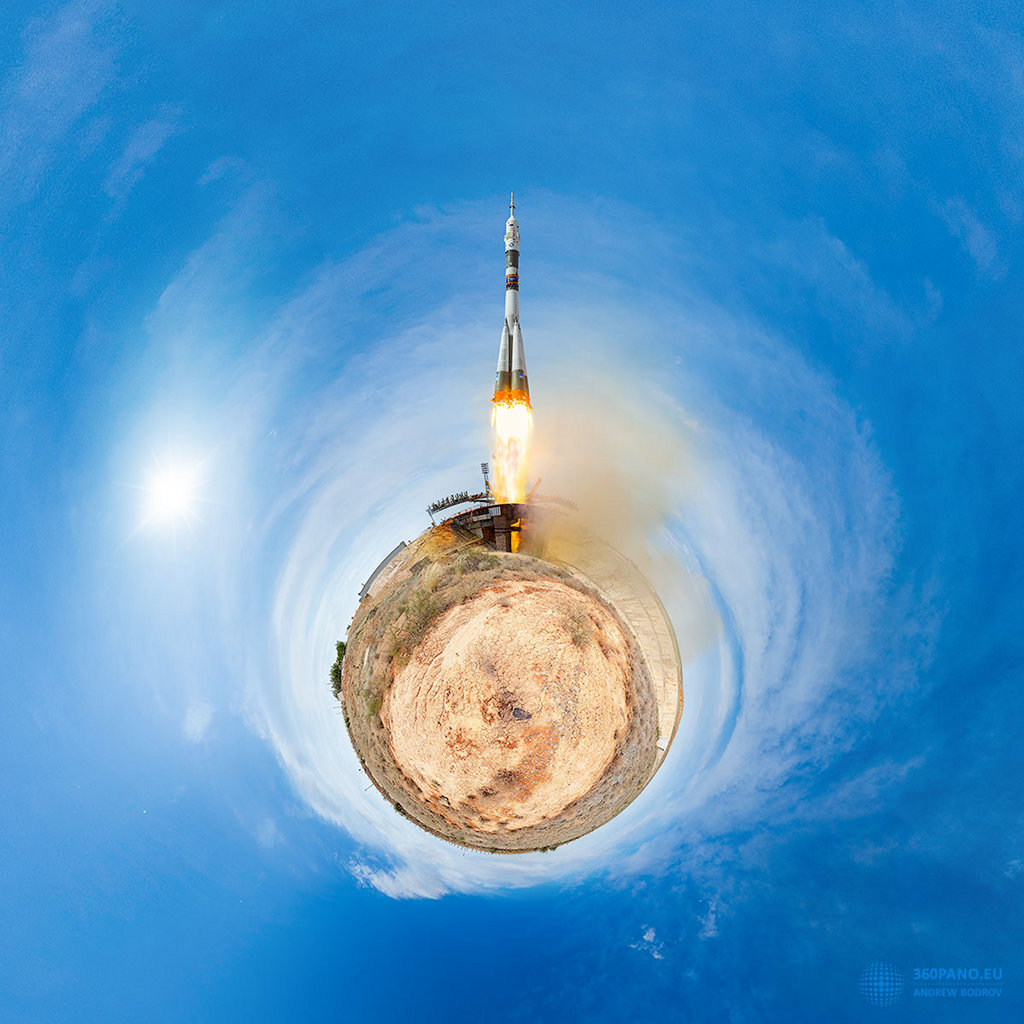The following is a statement from NASA Administrator Jim Bridenstine on Monday’s signing of Space Policy Directive-3 by President Donald Trump:
from NASA https://ift.tt/2ylBfIZ
via IFTTT![]()
The following is a statement from NASA Administrator Jim Bridenstine on Monday’s signing of Space Policy Directive-3 by President Donald Trump:
from NASA https://ift.tt/2ylBfIZ
via IFTTT![]()
A large multidisciplinary team of scientists, equipped with advanced underwater robotics and an array of analytical instrumentation, will set sail for the northeastern Pacific Ocean this August.
from NASA https://ift.tt/2JX0bvb
via IFTTT![]()
Students from Brooklyn, New York, will have the opportunity to talk with astronauts on the International Space Station this week as part of NASA’s Year of Education on Station.
from NASA https://ift.tt/2LZyAqA
via IFTTT![]()



NASA astronaut Peggy Whitson, who holds the U.S. record for most cumulative time in space, is retiring from the agency, effective Friday.
from NASA https://ift.tt/2ld4uEI
via IFTTT![]()
